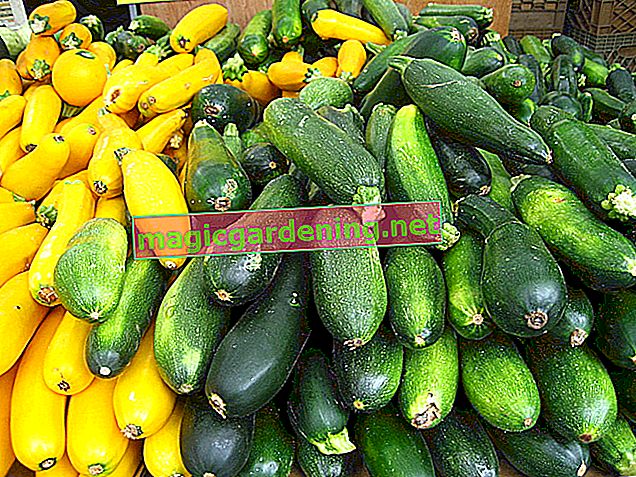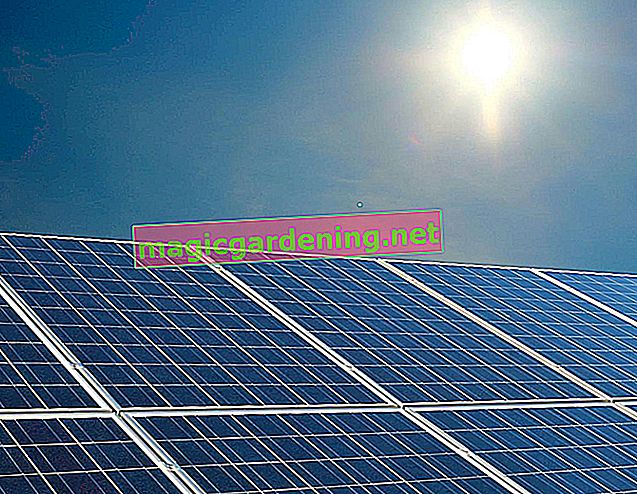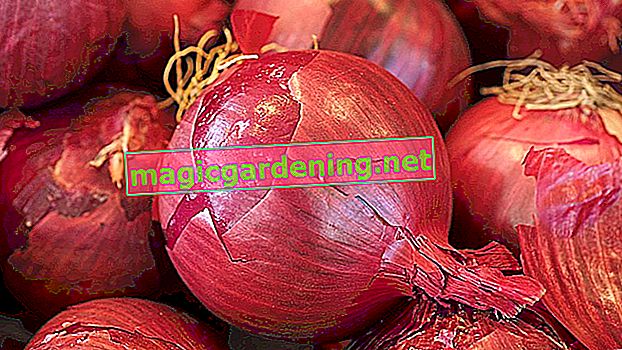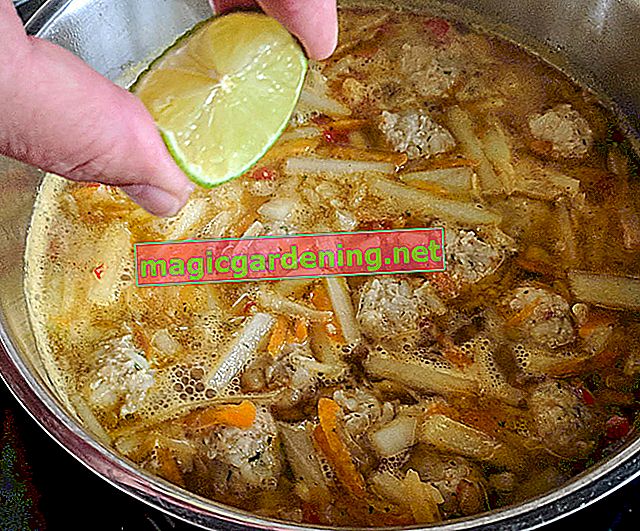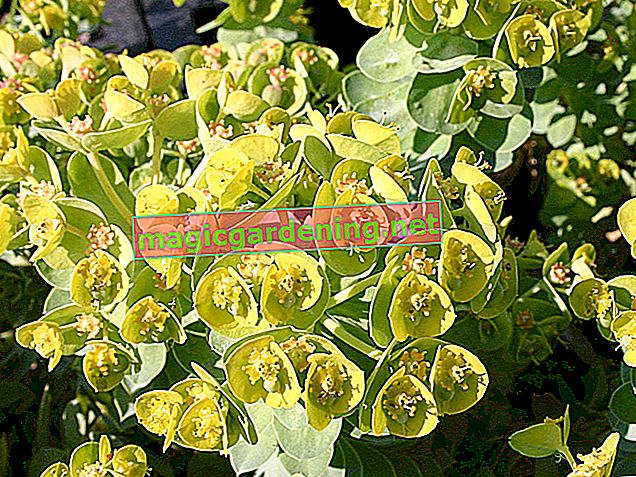
Preparation of the soil and seeds
The soil for sowing onions should be loose and not freshly fertilized, since onions are poor consumers and react to overfertilization with growth problems and diseases. It is important that the beds are thoroughly cleared of weeds, otherwise the young plants will not grow. For sowing in spring, the soil should be dug up with organic fertilizer in autumn. Later fertilize with potash at most, e.g. B. with wood ash.
also read
- Sowing pansies is easy
- Grow marigolds yourself - this is how the offspring succeeds
- Planting onions - this is how onion cultivation works
The seeds purchased from specialist retailers can usually be assumed to have good germination capacity. In the case of self-harvested seeds, it is advisable to check their germination capacity before sowing. To do this, the seeds are placed in a glass with water, the healthy seeds sink to the bottom while the “empty” seeds remain on the surface. If you want, you can use a seed bath with Humofix before sowing.
The sowing
The right time depends on the weather. Since the onions germinate at very low temperatures, sowing can be done as early as February. However, the floor should be sufficiently dry. Usually this is the case in late March-early April. The onion seeds can also be grown in the greenhouse, cold frame or in a cool, bright room and later moved outside.
- Seed depth about 1 cm
- Row spacing approx. 20-25 cm
- isolated depending on the variety to 5-10 cm
- Germination temperature 15-18 ° C
- Germination time 3-4 weeks
Tips & Tricks
Given the relatively long germination time of the onion, it can be helpful to mark the rows with the onion seeds together with fast-germinating seeds, e.g. B. sowing lettuce or radishes. It is also easier to identify and remove weed competition in the beds.



